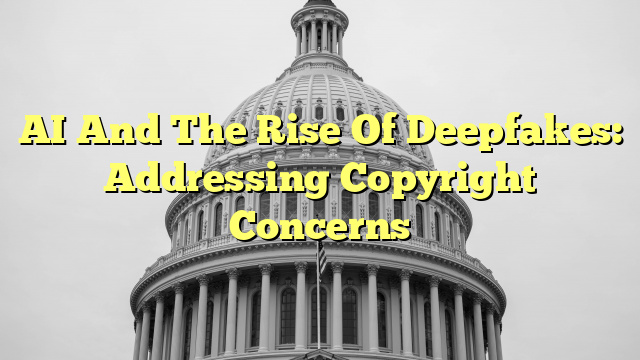Table of Contents
Problems with Copyright and AI
Artificial Intelligence (AI) has revolutionized various industries, including the creative sector. However, it has also brought about significant challenges in terms of copyright protection. AI algorithms can generate content that closely resembles original works, leading to potential copyright infringement.
One of the main problems is determining the originality of AI-generated content. Since AI algorithms are trained on existing data, they can produce content that resembles existing works without directly copying them. This blurs the line between original and AI-generated content, making it difficult to attribute ownership and protect intellectual property rights.
Furthermore, AI can also be used to automate the creation of derivative works, which raises questions about fair use and transformative use under copyright law. The rapid development of AI technology has outpaced the legal framework, leaving copyright laws struggling to keep up.
Rights Violated by Deepfakes
Deepfakes, which are AI-generated videos or images that manipulate and superimpose someone’s face onto another person’s body, pose significant copyright concerns. They violate several rights, including:
- Right of Publicity: Deepfakes often use the likeness of individuals without their consent, infringing on their right to control the commercial use of their image.
- Copyright: Deepfakes can incorporate copyrighted material, such as music or film clips, without permission from the rights holders.
- False Endorsement: Deepfakes can create the false impression that someone is endorsing a product or idea, potentially damaging their reputation.
Legal Issues with Deepfakes
The rise of deepfake technology has raised several legal issues, including:
- Defamation: Deepfakes can be used to create fake videos or audio recordings that defame individuals by spreading false information.
- Privacy: Deepfakes can invade someone’s privacy by manipulating their image or voice without their consent.
- Intellectual Property: Deepfakes can infringe on the intellectual property rights of artists, filmmakers, and other content creators by using their work without permission.
- Identity Theft: Deepfakes can be used to impersonate individuals, leading to identity theft and fraud.
Malicious Use of AI-based Deepfake Technology
The malicious use of AI-based deepfake technology poses significant risks, including:
- Disinformation: Deepfakes can be used to spread fake news and manipulate public opinion.
- Extortion and Blackmail: Deepfakes can be used to extort money or gain leverage over individuals by threatening to release compromising videos or images.
- Political Manipulation: Deepfakes can be used to manipulate political discourse and elections by creating fake videos or speeches.
- Cyberbullying and Harassment: Deepfakes can be used to harass and intimidate individuals by creating fake explicit or defamatory content.
As AI technology continues to advance, it is crucial to address the copyright concerns and legal issues surrounding deepfakes. This requires a combination of technological solutions, legal frameworks, and public awareness to protect individuals’ rights and

